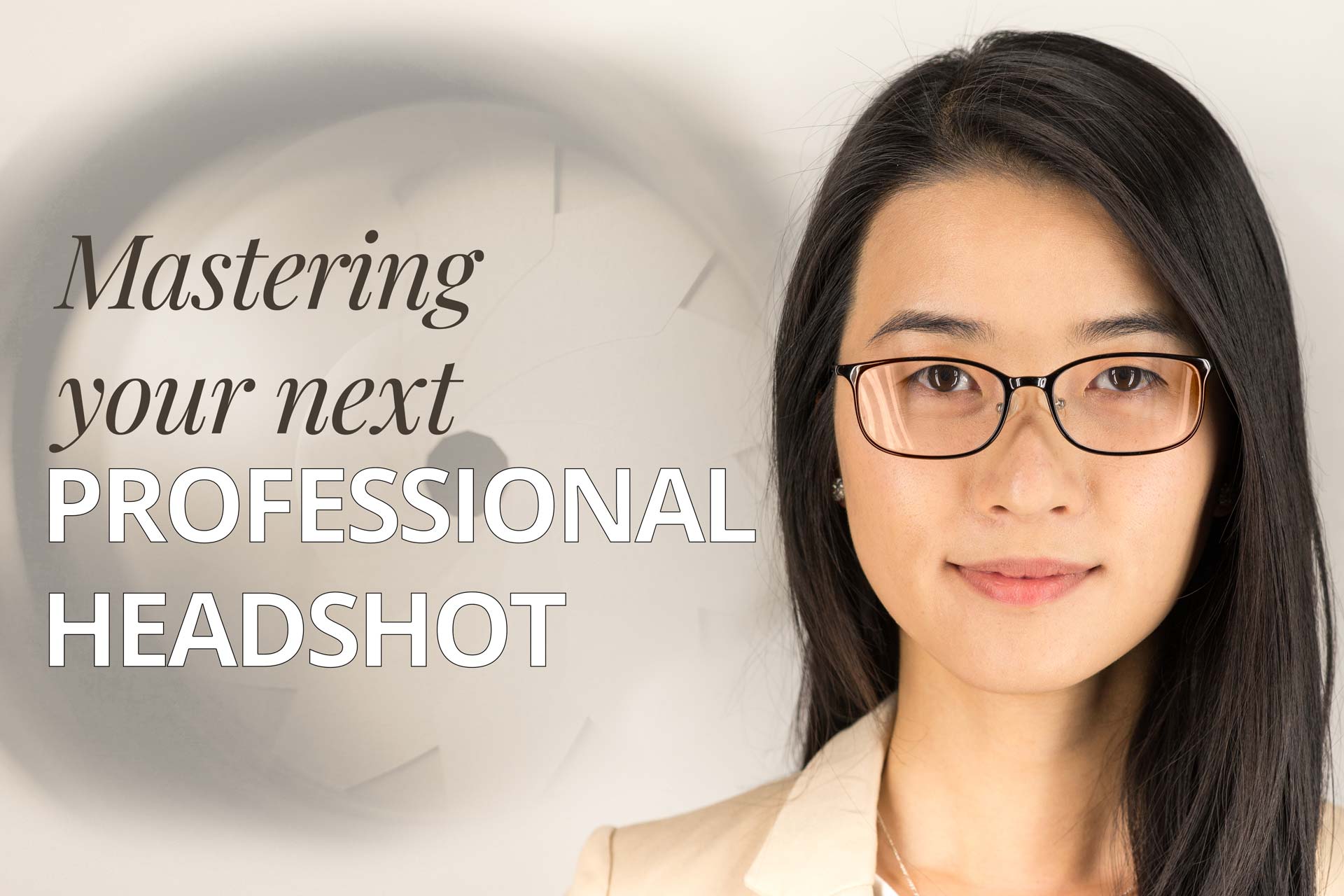If you are preparing for your next professional head-shot, whether for your website, business cards, social profiles for work or fun, or simply for your family album, you will find a ton of articles, and video tutorials pretty much everywhere on the Internet. It can get overwhelmingly confusing pretty fast. Let me distill here few key points that will help you master your next professional head-shot, either as a photographer, model, or both.
Before we start, let me clarify that we will be focusing here on formal, business types of head-shots. The ones that you find on most corporate websites, or business cards, to be clear.
Planning
There should be an initial planning phase, where you exchange information on the final use of the images. This will influence the color scheme that will be adopted, both in the wardrobe and the background. The type of attire that will be used, will infuse a formal or an informal tone to the images. The golden rule after that is simple: keep the attention on the subject, avoid any potential distraction from them. So, no floral, no patterns, no prints. No stains, tears and wrinkles. No jewelry, or very minimal. Make-up and hair should be kept simple, clean and mostly natural. If you are not hiring a make-up artist, then ask the client to bring their supplies with them.
The session
These session generally lasts between 20 minutes to one hour. That is a very long time, if you consider that your breadth of movement is barely a few inches left or right, up and down. But the reality is, the time is not really necessary to nail down the camera settings, the lights or the camera height. The time is mostly necessary to get your client comfortable and relaxed in front of the camera. The winning image will be the one with the most natural and relaxed look, in fact. Of course, you will want to try different angles and sides, maybe a different outfit as well. In some cases the best shots will be taken at the very beginning of the session; in others, the best will be the last. Do not forget to take small breaks, keep your clients engaged, provide guidance, but most importantly remind them to relax. The session should be enjoyable, so setting the right atmosphere and ambience, will get the most out of everyone. Yes, it is supposed to be fun!
Focus on the eyes
The eyes should be the center of focus and attention, they should engage the viewer. Hence, eyes look straight into the camera, confident, and relaxed. You generally don’t want them covered in any way (say with strands of hair), nor you want them to be too angled sideways or tilted. Colored eyes can emphasized by using hot lights, as they make the pupils contract more and expose more of the iris.
Flare and glare
Catch lights are desirable, but avoid glare if that alters the perception of the shape of the eyes. Glare on glasses is sometimes unavoidable, but you should take care to make it not fall on the eyes. Some post-production can alleviate glare on glasses. Never sacrifice posture for glare. If glare is really unacceptable, three things to change: angle of light (Left/Right but also Up/Down), angle of camera (L/R and U/D), angle of model (L/R).
Crop tight and right
In these head-shots you want to be able to see the whole head, so no cropping too tight. Your frame should include the whole head, top to bottom, and both shoulders. If you are photographing a woman with longer hair, if the hair is in front you will want to have frames that include the whole length. Do not chop hands: either fully in, or fully out. Do not hide fingers.
Post-processing
Post-processing should be minimal, unless explicitly discussed with the client. Generally acceptable, blemishes removal, stray hairs, skin redness, dust or little imperfections in clothing etc… To this extent, hiring a make-up artist will alleviate this part considerably, with a much more natural look.
Conclusion
While we can easily find a picture of ourselves that we like, creating one with a specific purpose in mind generally proves more difficult. A lot goes into creating a very professional look, and I hope to have covered some of its ingredients in this post. Equipped with more knowledge, whether as a photographer or a client, you may have discovered a different dimension to professional head-shots.
Credits
- Many thanks to Emmeline for allowing me to feature her portrait from our recent photo session





